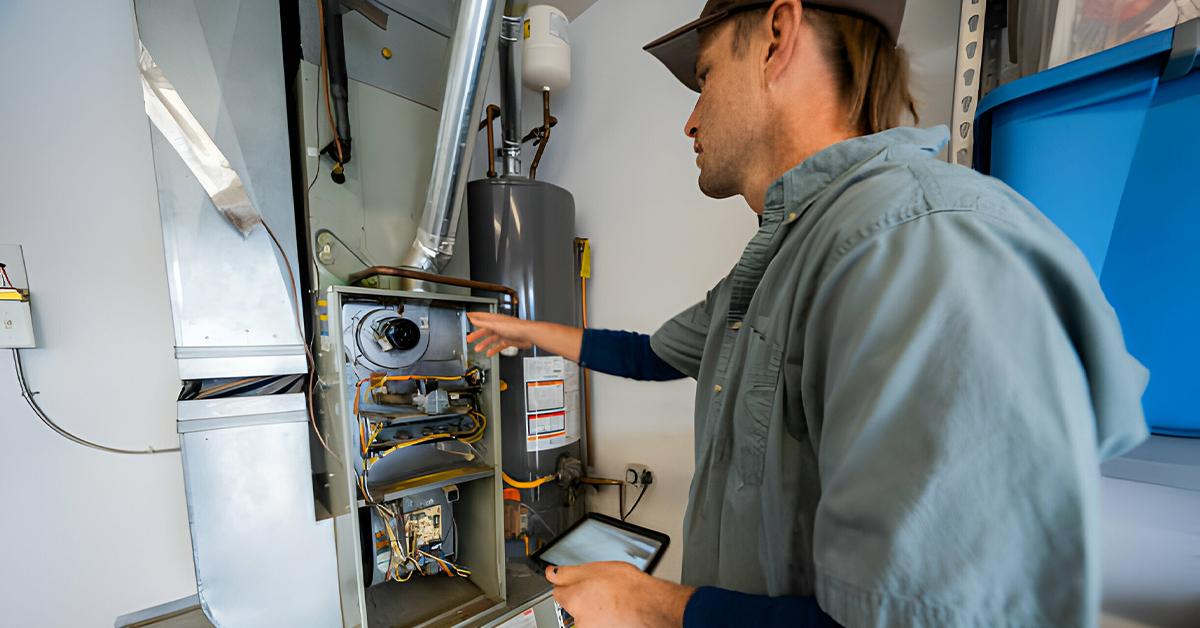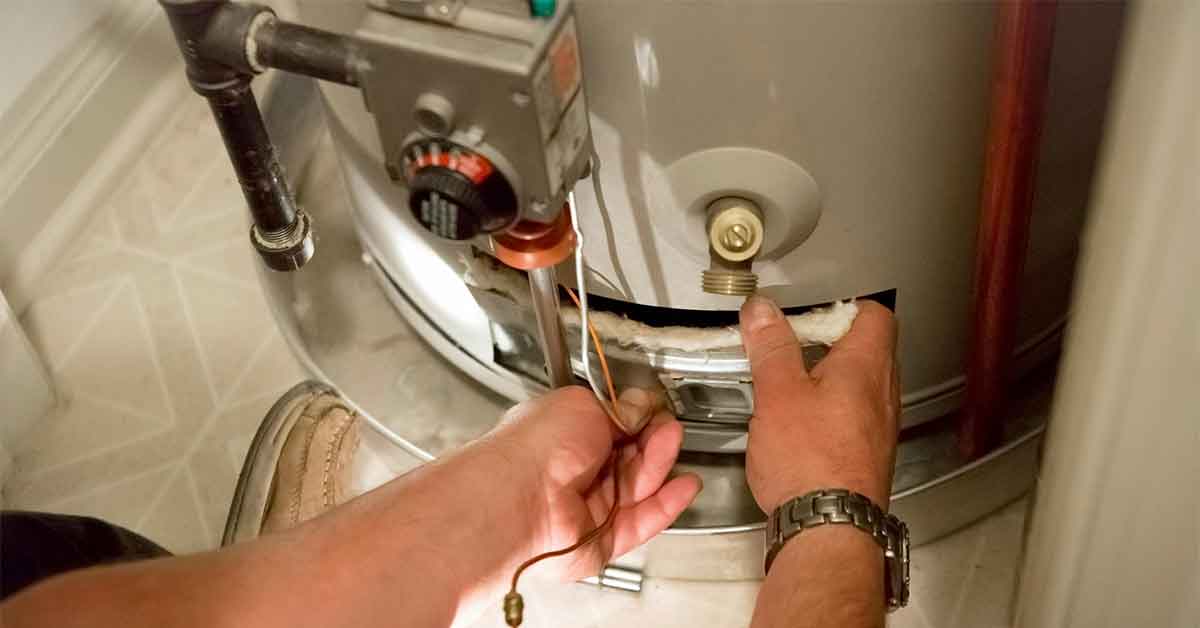Blog


Heat Distribution System: The Heartbeat of Modern Heating Solutions
Modern architecture’s sophistication isn’t just in its visual appeal—it’s deeply rooted in the underlying systems that bring comfort to every room. Central to this experience is the heat distribution system. Acting as the arteries of a building, it ensures the smooth and efficient flow of warmth to every nook and cranny. This comprehensive guide delves into the intricacies of heat distribution, casting light on its diverse components and their critical roles.
1. Understanding Heat Distribution Systems
Before diving into the specifics, it’s essential to grasp the foundational concept of heat distribution:
- Think of these systems as the circulatory system of a building, tasked with transporting warmth from its generation point to various endpoints.
- Their efficiency is paramount—not just for the comfort they provide, but also for the energy savings they can usher in.
2. Ductwork: The Lifelines of Forced Air Systems
A significant chunk of modern buildings employs ductwork in their heating systems. Understanding their role and functionality is key:
- Ductwork is essentially the network of tubes that transports warmed (or cooled) air throughout the structure.
- Typically made of materials like metal, fiberglass, or flexible plastic.
- Their design and layout are crucial. Poorly designed ducts can result in significant energy losses, while a well-laid-out system ensures optimal heat distribution.
- Regular inspection is vital. Any leaks, gaps, or blockages can drastically affect system efficiency.
3. Piping: Hydronic Systems’ Veins and Arteries
While ducts circulate air, piping circulates liquids in radiant and hydronic systems:
- These pipes transport hot water or steam from the heat source (often a boiler) to different areas of a building.
- Piping materials vary—copper, PVC, and PEX are popular choices, each with its advantages concerning durability, flexibility, and heat conduction.
- Proper insulation of these pipes is critical. Insufficiently insulated pipes can lead to heat loss, undermining the system’s efficiency.
4. Radiators: Traditional Yet Ever-Effective
Radiators might sound old-school, but they have stood the test of time for a reason:
- Typically constructed from materials like cast iron, steel, or aluminum, their primary function is to emit warmth into a room.
- Modern radiators are not just functional but can be aesthetically pleasing, with designs ranging from vintage to ultra-modern.
- Their operational principle is simple: Hot water or steam from the pipes enters the radiator, which then radiates this heat outward.
5. Underfloor Systems: Contemporary Comfort
Underfloor heating is increasingly becoming the choice for those seeking uniform, unobtrusive heating:
- This system involves a network of pipes or cables beneath the flooring. As they warm up, they radiate heat upwards, heating the room uniformly from the floor upwards.
- Such systems are particularly advantageous in bathrooms or rooms with tiled floors, which can otherwise be cold to the touch.
- Besides comfort, underfloor heating offers an aesthetic advantage, doing away with the need for visible radiators or vents.
Read Also: The Crucial Component in Modern Heating Systems
6. Deciphering the Best Fit for Your Space
Choosing a heat distribution system isn’t one-size-fits-all. Multiple factors play a role:
- The design, size, and layout of the building are paramount. Larger open spaces might benefit from different systems compared to compartmentalized structures.
- Climate plays a role. In regions with harsh winters, the heating demands are naturally higher.
- Budget constraints and long-term maintenance costs need consideration. While some systems might be cost-intensive initially, they may offer savings in the long run.
7. Enhancing System Efficiency: Best Practices
To extract the maximum out of any heat distribution system, certain practices are non-negotiable:
- Regular Maintenance: Whether it’s cleaning ducts, ensuring pipes are leak-free, or checking radiators for optimal performance, regular checks are essential.
- Insulation: A well-insulated building reduces the workload on the heating system. From walls to roofs and especially the distribution systems themselves—proper insulation can result in significant energy savings.
- Smart Controls: Modern thermostats installation and control systems allow homeowners to regulate heat distribution based on need, preventing wastage.
8. The Environmental and Economic Lens
It’s impossible to discuss heating without addressing its environmental and economic implications:
- Eco-friendly systems or those that use renewable energy sources can significantly reduce a building’s carbon footprint.
- An efficient system not only conserves energy but also results in reduced utility bills, making it a win-win for the environment and homeowners.
9. The Road Ahead: Innovations in Heat Distribution
The domain of heat distribution is ripe for innovation:
- As technology advances, we can anticipate systems that self-diagnose and alert homeowners about inefficiencies.
- Integration with smart home systems will offer more intuitive control, optimizing energy use based on occupancy and preferences.
Read More: Valves in Heating Systems Guardians of Flow Efficiency and Safety
Conclusion
In essence, the heat distribution system is the unsung hero in the realm of indoor comfort. From the familiar hum of radiators to the silent warmth of underfloor heating, these systems work tirelessly behind the scenes. As our world becomes more energy-conscious, the onus is on us to understand, optimize, and innovate in this sphere, ensuring comfort doesn’t come at the cost of our planet.




